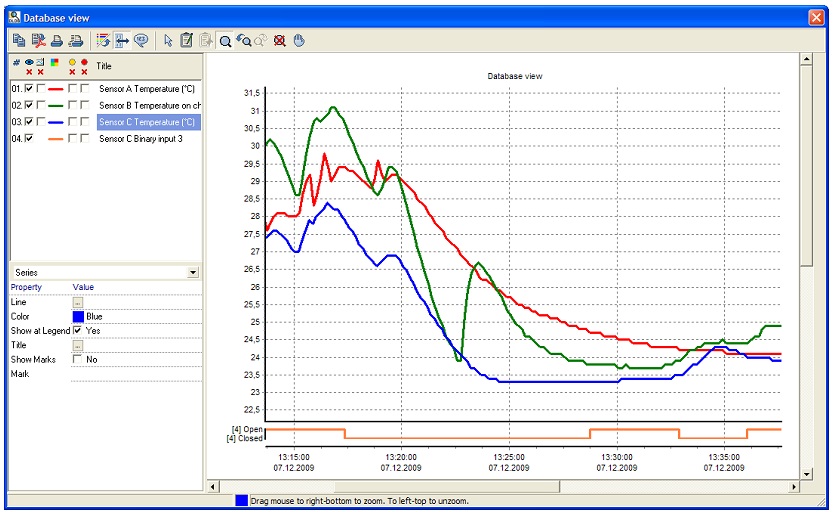

Even a brief glimpse of the Sun through an optical instrument will cause instant permanent and irreversible serious damage to your eyes. Never look at the Sun with binoculars or any other optical instrument. WARNING: For several days Comet McNaught will be located near the Sun so please take extreme care when trying to view the comet.However, the length of the comet tail in the finder charts is indicative only. The orientation of the comet tail is correct in the finder charts.Wait a few minutes, scanning the general area of the comet with binoculars (if available). As a result sky watchers may initially experience difficulty locating the comet. The twilight sky just after sunset is very bright, much more so than indicated on the finder charts.Comet PanSTARRS (C/2017 K2) Discovered almost five years ago, Comet PanSTARRS (C/2017 K2) finally comes into its own this summer, brightening to 8th magnitude by mid-June. Like Comet Lemmon-PanSTARRS it responds well to a Swan band filter. Southern Hemisphere: 14-20 January 2007 It topped out around magnitude 9.5 in February but has since faded to around 11th magnitude.Even though the comet is bright enough to be seen with the unaided eye, a good pair of binoculars or a telescope will reveal much more detail. You will require a location with a clear, unobstructed view of the western horizon. Start looking for Comet McNaught immediately after sunset by using brilliant Venus as a guide. The following finder charts for the Northern and Southern Hemispheres show the location of Comet McNaught at sunset relative to Venus and the western horizon. From mid-January onwards sky watchers in the Southern Hemisphere will be able to catch their first views of the comet just after sunset as it emerges from its journey past the Sun. The comet will get progressively closer to the Sun each day eventually disappearing from view around 13 January. In the early part of January, Northern Hemisphere observers can view the comet very low in the western sky just after sunset. It is already the brightest comet for over 30 years and easily visible to the unaided eye during twilight. Please see the acknowledgements /store - Recommended Books & Products for SkywatchersĬomet McNaught is continuing to brighten and promises to become a very bright comet indeed. The GSC 2.3 Catalogue, containing information about more than 2 billion stars and galaxies.The PGC 2003 Catalogue, containing information about 1 million galaxies.The Hipparcos Star Catalogue, containing more than 100.000 bright stars.The Digitized Sky Survey, a photographic survey of the whole sky created using images from different telescopes, including the Oschin Schmidt Telescope on Palomar Mountain.This online sky chart is created using the following astronomy databases and services:

List of bright objects (stars brighter than magnitude 9.0 and galaxies brighter than magmitude 14.0) close to Comet C/2022 E3 (ZTF) (less than 1.5 degrees): Type The deep sky image in the background is provided by the Digitized Sky Survey ( acknowledgements).
COMET DATA FOR SKYCHART FULL
By comparison the diameter of the full Moon is aboutģ0 arcmins, so the full horizontal extent of the map is approximately 2 full Moons wide.ĭepending on the device you are using, the map can be dragged horizondally or vertically using the mouse or touchscreen. The sky map shown in the background represents a rectangular portion of the sky 60x40 arcminutes wide. The celestial coordinates, magnitude, distances and speed are updated in real time and are computed using high quality data sets provided by the JPL Horizons ephemeris service This page shows Comet C/2022 E3 (ZTF) location and other relevant astronomical data in real time.


 0 kommentar(er)
0 kommentar(er)
